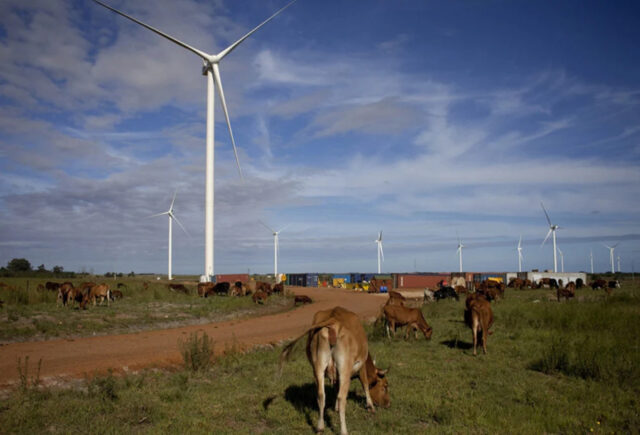From our Guide 2024: Private equity continues to be the most popular asset class for impact investors. Increasing impact transparency and reporting will help distinguish truly impact-driven investment strategies from those that are not.

Private equity continues to be the most popular asset class for impact investors. As more players join in, increasing impact transparency and reporting will help distinguish truly impact-driven investment strategies from those that are not.
As an influx of funds surges into impact investment, private equity investors are increasingly adopting impact strategies.
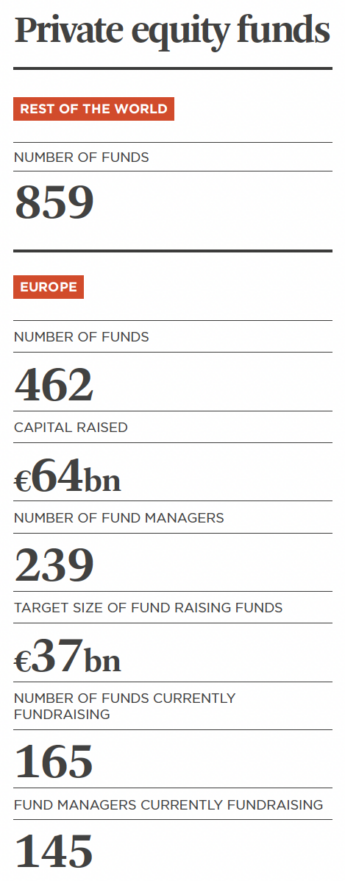
According to data from Phenix Capital, more than half of all impact funds in their database are private equity funds.
Michael Fiebig, head of private equity, fund of funds and member of executive management at specialist emerging markets asset manager responsAbility, says: “Impact investment has evolved from being a niche with great ideas and ambitions into a mainstream force.This shift is reflected in the scale and volume of impact private equity.”
Indeed, major private equity firms are increasingly among those introducing impact investment funds. Last year saw KKR raise nearly $2bn for its second impact fund, while TPG successfully closed its Rise Climate Fund at $7.3bn, with backing from investors like the Ontario Teachers’ Pension Plan and AXA. Major players are furthermore acquiring impact investment specialists: M&G acquired responsAbility last year, while Schroders Capital acquired a majority stake in impact investor BlueOrchard back in 2019.
There is a clear upward trend in investor demand for impact driving these fund launches, says Maggie Loo, partner, client & strategy development at specialist private markets investor Bridges Fund Management (Bridges).
“Institutional capital is becoming much more interested in impact, and that interest permeates throughout the ecosystem,” she says. “I think it will become standard practice for managers to demonstrate contributions towards addressing environmental and social challenges – and capital allocators are likely to consider this when deciding which managers to collaborate with.”
From social to environmental – and back again
In the early days, impact investing was primarily a social endeavour, and often the proposition was to have a deep impact, sometimes at the expense of financial returns.
Since, however, the climate agenda has taken the impact investing space by storm, and this is reflected within the private equity sector, which has seen climate-related deals increase by nearly 7% in the past year, according to McKinsey & Company. Larger PE firms are moving swiftly to leverage their resources and scale towards climate investing, alongside newer (and often smaller) climate-focused companies that centre climate impact in their investment strategies, according to a white paper by Simon-Kucher.
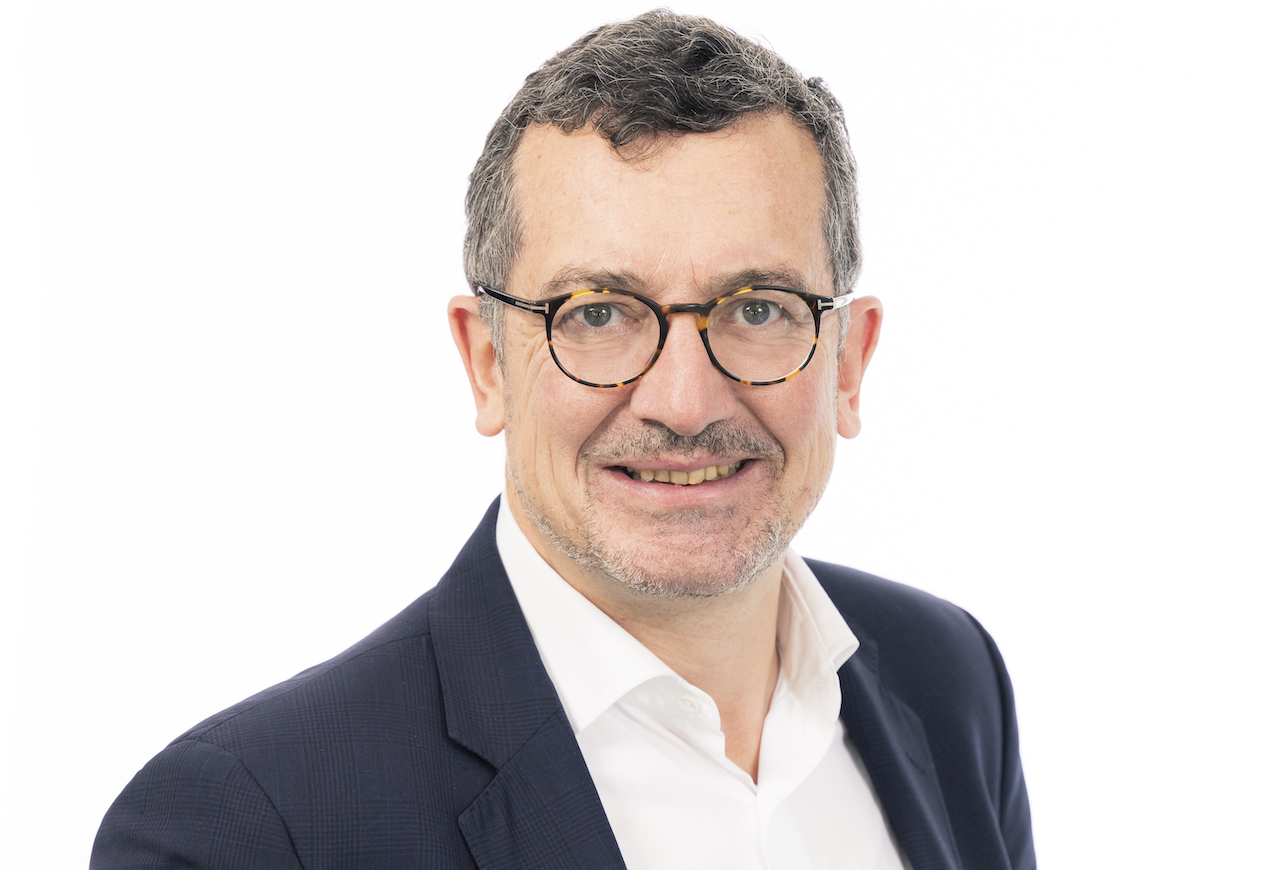
Increasingly, however, asset owners are recognising the interconnectedness of environmental and social issues. “There’s a common understanding that if you want to be successful in the environmental transition you need to have a proper transition of society,” according to Marc Romano, head of impact private equity at Mirova, which is gearing up to launch a new social impact strategy in the first half of 2024. The fund will focus on social outcomes in education, health, well-being, and financial inclusion.
Financial inclusion 2.0
Both specialised impact investors and generalist private equity firms, including responsAbility, GAWA, TPG, and Morgan Stanley Private Equity, are honing their focus on improving access to financial services. For responsAbility’s Fiebig, the fintech sector is paving the way to “financial inclusion 2.0,” addressing widespread unmet needs for financial services and digital commerce.
In the case of Fawry, an Egyptian digital payments platform, responsAbility’s 10% equity stake helped drive growth and enhance financial inclusion in a country where a substantial portion of the population lacked access to traditional banking services, Fiebig says.
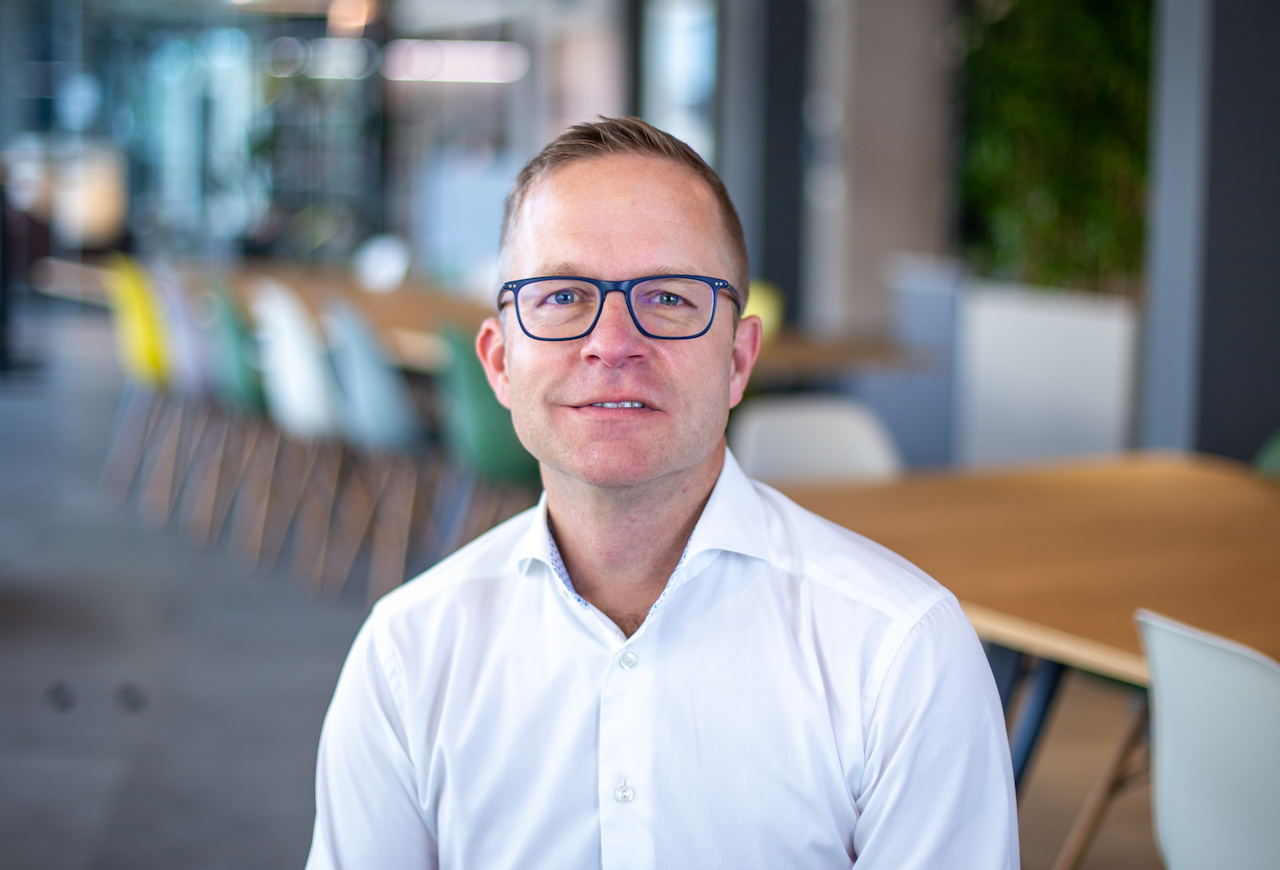
Having launched its highly oversubscribed IPO in 2019, Fawry now serves 50 million people with various financial services through mobile devices and wallets, and point-of-sale terminals. Fiebig says responsAbility’s provision of growth capital, governance expertise, and help in establishing the Egyptian firm’s microfinance offering were key to scaling the business and its impact. “It’s one of those stories where you have impact at scale that is also very financially rewarding as an investment.”
Accelerating impact
Private equity investors emphasise that the capital they provide can be instrumental in catalysing and scaling impact. “You’re providing the capital base for businesses to grow and unlock impact, while also often very directly engaging with investee companies,” Fiebig says. “So your claim to that impact as an investor is very direct.”
The Mirova Environment Acceleration Capital is just one fund making this role explicit, with its approach centred on investing in European companies that offer environmental solutions. Mirova’s Romano says: “These are companies with proven technologies, maybe with some revenue, and with a very attractive growth rate. We bring more fuel to a company to accelerate its impact.”
Impact creation from origination to exit
Origination and impact management on the part of private equity investors is also key to delivering positive change as well as financial returns, says Loo, describing how Bridges looked to the UK educational catering market when setting out to tackle obesity preventatively. She says: “We thought, how can we target the population early enough so that we can set up better health outcomes for life?”
Bridges screened the market before acquiring and consolidating two existing businesses, Innovate and Cucina, creating healthy school caterer the Impact Food Group (IFG). It then set out on a significant impact management programme, to develop the group’s impact offering and collect data on its positive health benefits.
Loo says this has allowed the IFG to be very differentiated in the marketplace, allowing it to grow. Bridges exited the investment in 2022, and IFG is now owned by another PE firm, which is scaling it further. “It’s a story of how private equity can build an avenue for impact, from origination to — and even beyond — exit.”
Authenticating impact
Amid increased and rapidly evolving regulatory and market scrutiny, private equity investors are becoming more sophisticated in their efforts to demonstrate the impact of their investments.
“Impact investing is becoming a lot more structured, and there’s a degree of standardisation emerging in how the industry looks at impact,” Fiebig explains.
Demonstrating impact entails the involvement of sustainability professionals at each stage of investment to select, project, measure, manage, and report on relevant and meaningful impact criteria. Certification or audits are increasingly sought after to validate impact claims and ensure transparency in the impact investment process.
More buck for your bang
In some cases, private equity players are introducing financial structures that tie part of the performance-based compensation to impact outcomes. This approach is viewed by some as a way to assess the commitment of investors to their impact claims.
“A good test for the investor is to ask if they measure and if they create a correlation between their composition to the carry and the impact,” Romano says. “If the answer is no, you may have the answer about whether it’s true impact.”
Some have even suggested allowing for an impact performance fee irrespective of financial returns, but responsAbility’s Fiebig warns such an approach could be counterproductive to the growth of the impact investing space: “It’s taken a very long time to establish that impact investing doesn’t mean charity — it means investing for a financial return that also has a significant social or environmental return or impact,” he says. “Once you have a discussion around carry on impact only, you may expect a backlash, and investors feeling that you’re not as serious about financial return.”
Some may view the PE industry’s adoption of “impact” as a superficial rebranding of traditional, profit-oriented strategies, but Fiebig maintains that he’s seeing signals that large players are putting their money where their mouth is in their impact efforts.
“It’s a little too early to claim impact investing in PE is changing the reputation of the PE industry as a whole,” he says. “But the reality is, we’re seeing major players raising significant amounts of capital, and investing significantly in the systems and people required to do this well. They’re very serious about this.”
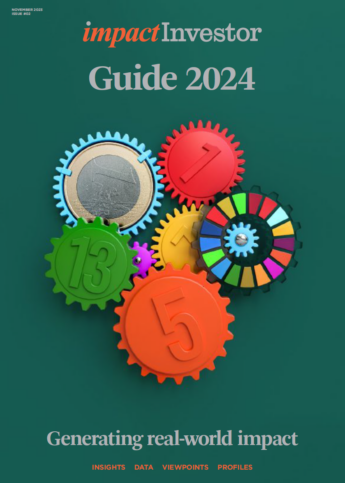
This article is part of the editorial content of the Impact Investor Guide 2024. You can download a digital copy of the guide here.





